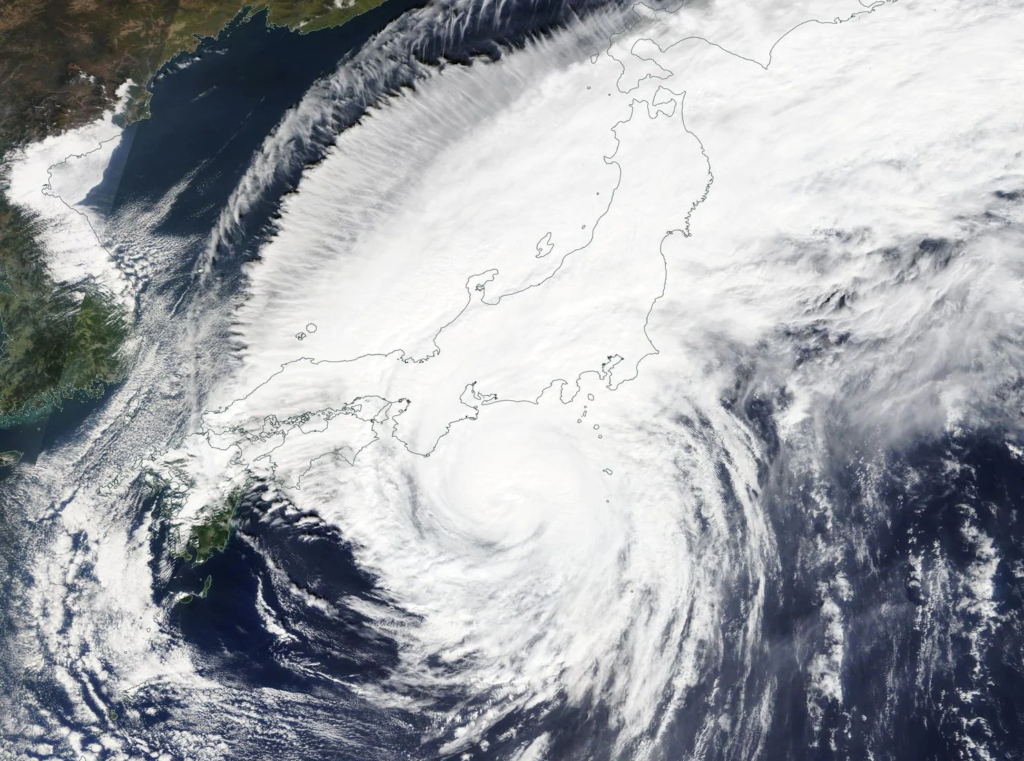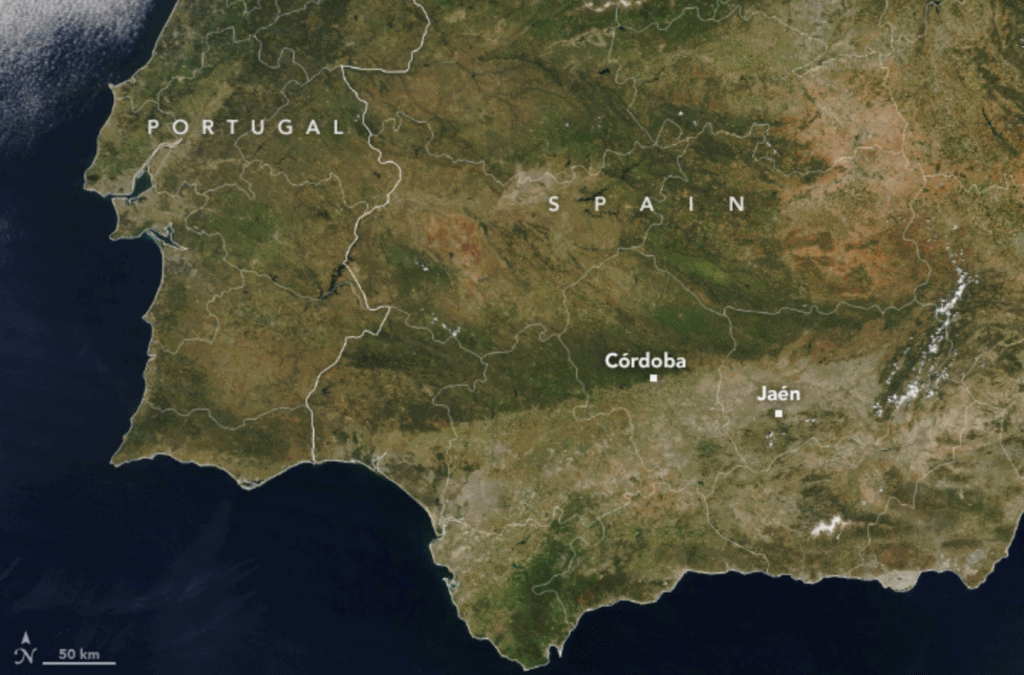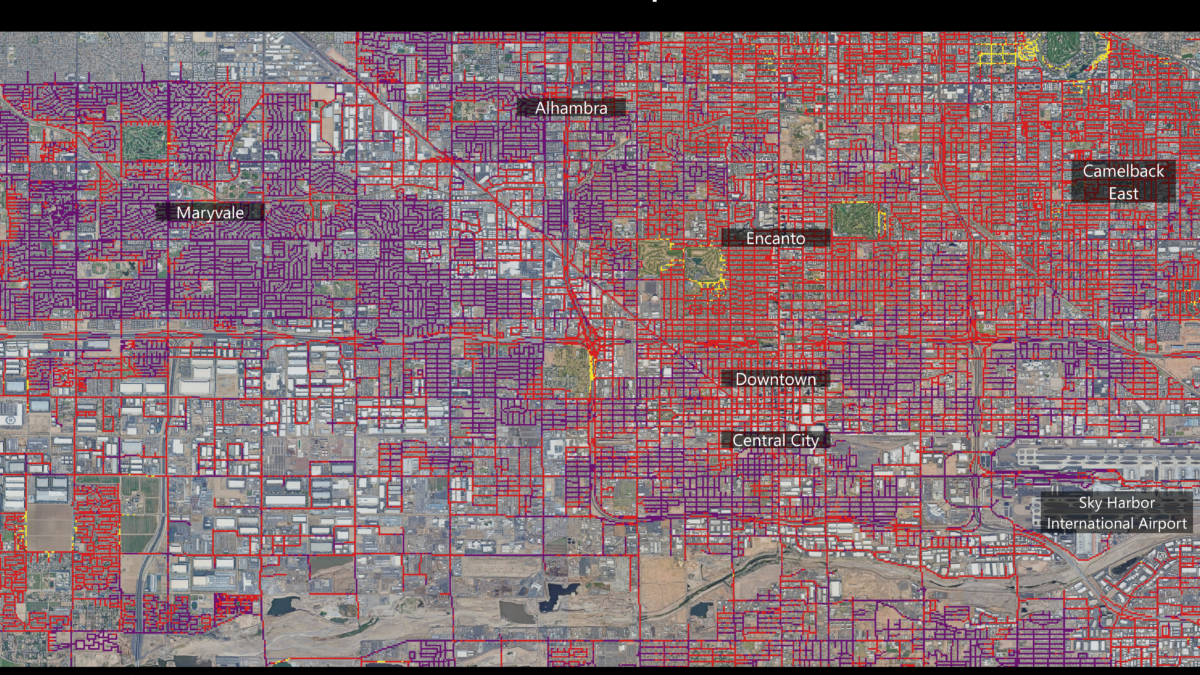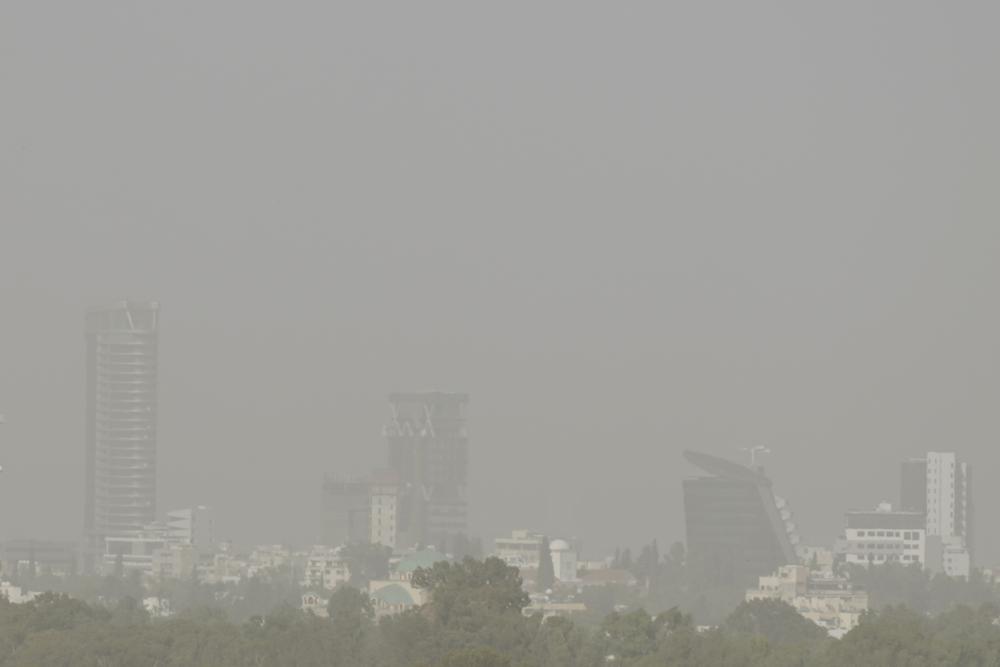Deadly Typhoon Hagibis packed devastating punch in Japan with record rainfall totals – 2,667 bags of Fukushima waste leaked
By Andrew Freedman
14 October 2019
(The Washington Post) – Typhoon Hagibis proved to be extraordinarily devastating for northern Japan when it struck this weekend, unleashing more than three feet of rain in just 24 hours in some locations, causing widespread flash flooding as well as river flooding. The storm has killed at least 58, according to the Japanese public broadcaster NHK.
In addition, high winds lashed Tokyo and Tokyo Bay, along with pounding surf and storm surge flooding as the storm, once a Category 5 behemoth, barreled across Honshu as the equivalent of a Category 2 and then a Category 1-equivalent storm.
One reason the storm caused such severe impacts is that the inner core of the typhoon, with its heaviest rains and highest winds, remained intact as it swept across Tokyo and dumped heavy rains across northeastern Japan as well. According to reporting from The Washington Post’s Simon Denyer, by Sunday, more than 20 rivers in central and northeastern Japan had burst their banks, flooding more than 1,000 homes in cities, towns and villages.

Numerous levees failed, and at one point, the government advised nearly 8 million people to evacuate, Denyer reported.
Severe flooding occurred in Nagano, Japan, the site of the 1998 Winter Olympics, where waters from the overflowing Chikuma River damaged a fleet of high-speed bullet trains that had been parked in a maintenance rail depot. […]
The storm made landfall Saturday as it made a turn from moving north-northwestward to the northeast. It then crossed directly over the capital city of 9.3 million and swirled northward, with 8.23 inches of rain falling in Tokyo itself and more than three feet in higher elevations to the west of the city. Sustained winds at hurricane force affected downtown Tokyo, with a gust to 98 mph recorded at Haneda Airport.
In Hakone, in Kanagawa Prefecture, 37.1 inches of rain fell in 24 hours on Saturday, setting a record for that location, according to the Japan Meteorological Agency. In addition, 27 inches fell in heavily forested Shizuoka Prefecture southwest of Tokyo. In higher elevations just west of downtown Tokyo, 23.6 inches of rain fell, which was also a record. […]
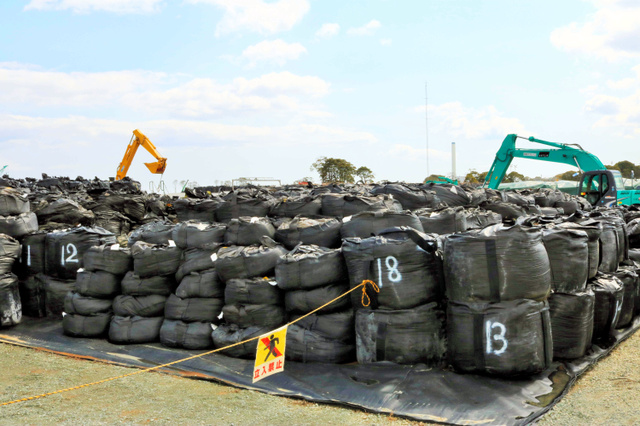
Climate studies suggest the Japanese archipelago could see more frequent and stronger typhoons in the future, due in large part to warming seas as a result of human-caused global warming. There is evidence showing tropical cyclones in the Northwest Pacific Ocean Basin are reaching their maximum intensities farther north than they used to, a trend some scientists attribute in part to climate change. This could send more intense storms into areas that typically see weaker storms, such as Honshu and other parts of northern and northeastern Japan. [more]
Why Typhoon Hagibis packed such a deadly, devastating punch in Japan
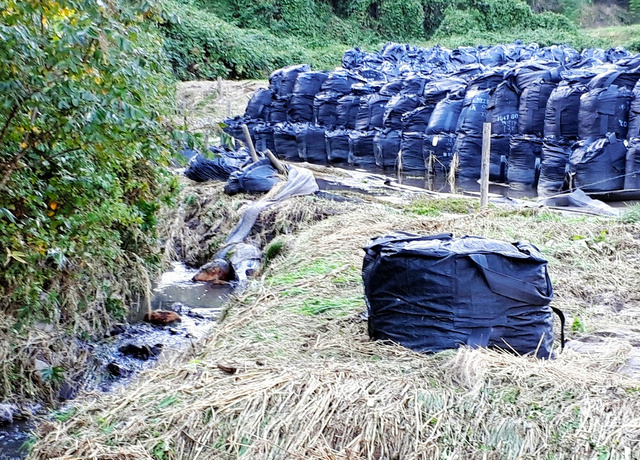
2,667 radioactive bags from Fukushima nuke disaster unleashed by Typhoon Hagibis
By Keoni Everington
14 October 2019
TAIPEI (Taiwan News) – As Typhoon Hagibis hammered Japan on Saturday, thousands of bags containing radioactive waste have reportedly been carried into a local Fukushima stream by floodwaters, potentially having a devastating environmental impact.
According to Asahi Shimbun, a temporary storage facility containing some 2,667 bags stuffed with radioactive contaminants from the 2011 Fukushima Daiichi nuclear disaster was unexpectedly inundated by floodwaters brought by Typhoon Hagibis. Torrential rain flooded the storage facility and released the bags into a stream 100 meters away.
Officials from Tamara City in Fukushima Prefecture said that each bag is approximately one cubic meter in size. Authorities were only able to recover six of the bags by 9 p.m. on Oct. 12, and it is uncertain how many remain on the loose while the possible environmental impact is being assessed.
2,667 radioactive bags from Fukushima nuke disaster unleashed by Typhoon Hagibis
